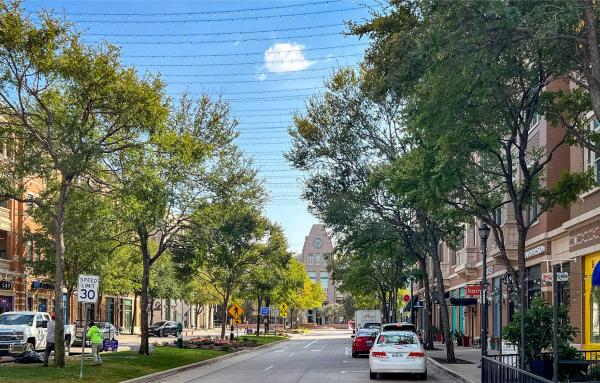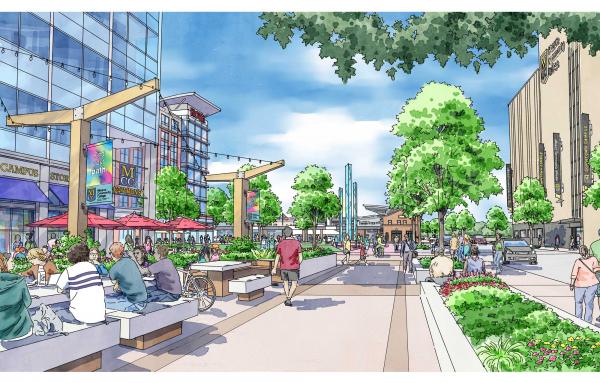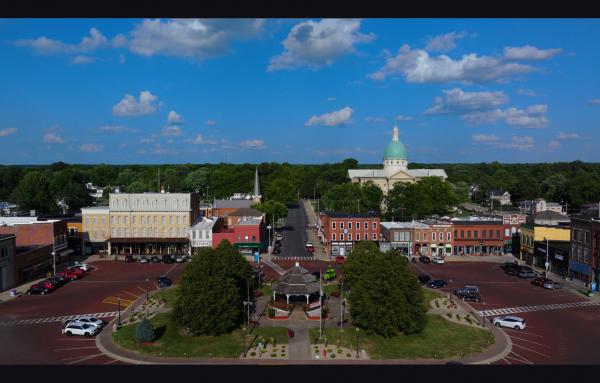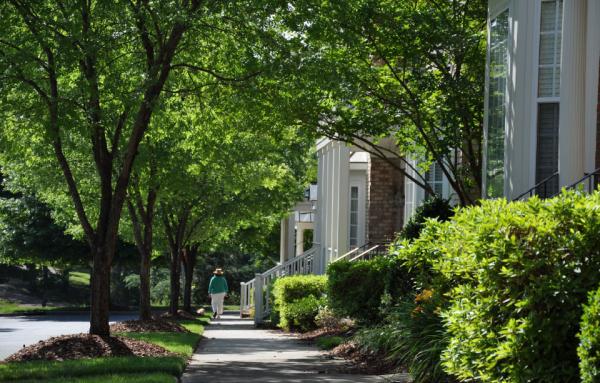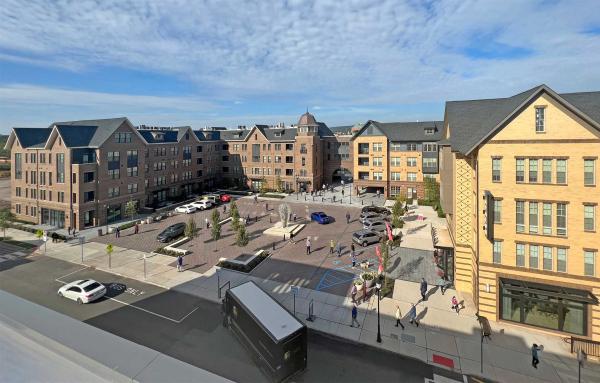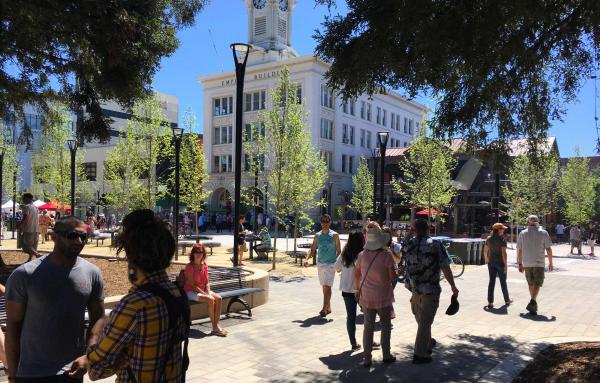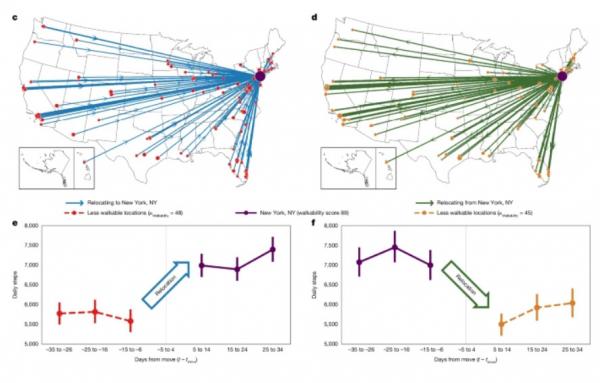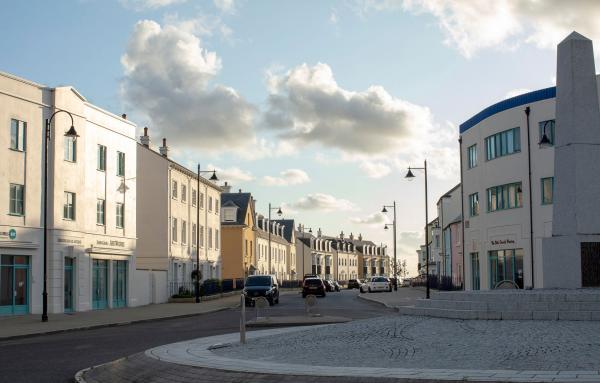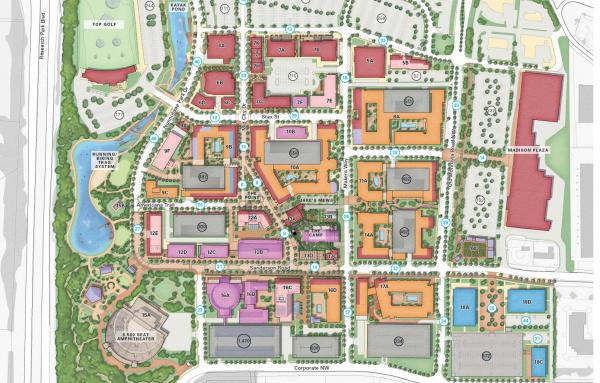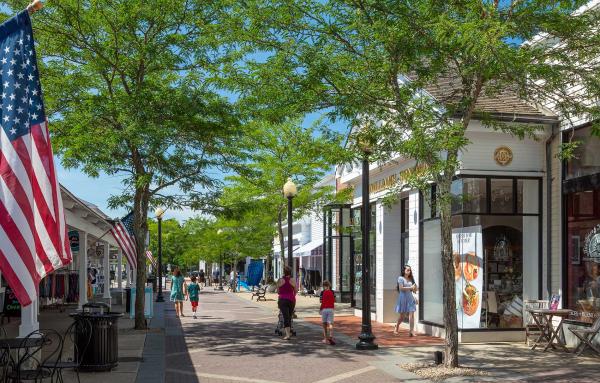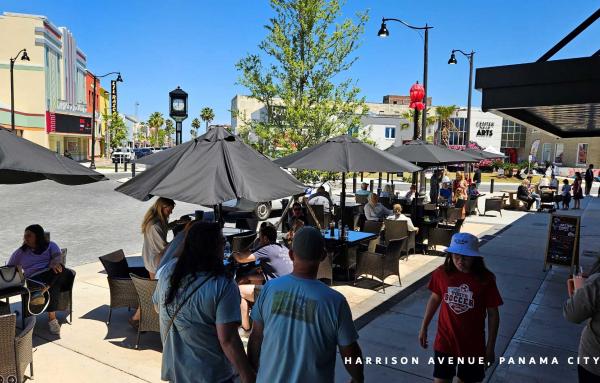RECENT ARTICLES
Civic features and architecture give Frisco Square, a downtown extension, imageability.
Three leaders of the New Urbanism explain why density matters today, how it impacts cities, and the importance of design.
The most storied US highway, also known as America's Main Street, inspired filmmakers to discover New Urbanism. The centennial of Route 66 is an opportunity to celebrate place in the heartland.
Here’s a list of 10 steps that communities can use to evaluate risks and adapt to climate calamities, using resilient planning principles.
Somerville Station brings infill, transit-oriented development that supports diverse mobility and quality public space.
A focus on the public realm is really what distinguishes new urban design from conventional suburban planning. A good definition and full understanding are important.
Nationwide cell phone data analysis reveals that walkable places cause diverse people to walk more. The authors of a study published in Nature believe that the built environment could yield widespread health benefits.
King Charles’s follow-up to Poundbury gets the Gindroz Award for excellence in affordable housing. Nansledan is a large new urban community on the Northwest coast of Cornwall, England.
A mixed-use center is the best way to maximize value from a vacant mall site, but it requires proactive city leadership, as seen in Huntsville.
Cape Cod boasts many things, including the first conversion of a sterile strip mall to a village center. It’s a model for what to do with thousands of dead and dying malls.
The Florida Gulf Coast offers a chance to compare the meanings of Old and New Urbanism, examine why the two are not as distinct, and how urbanism is evolving.
